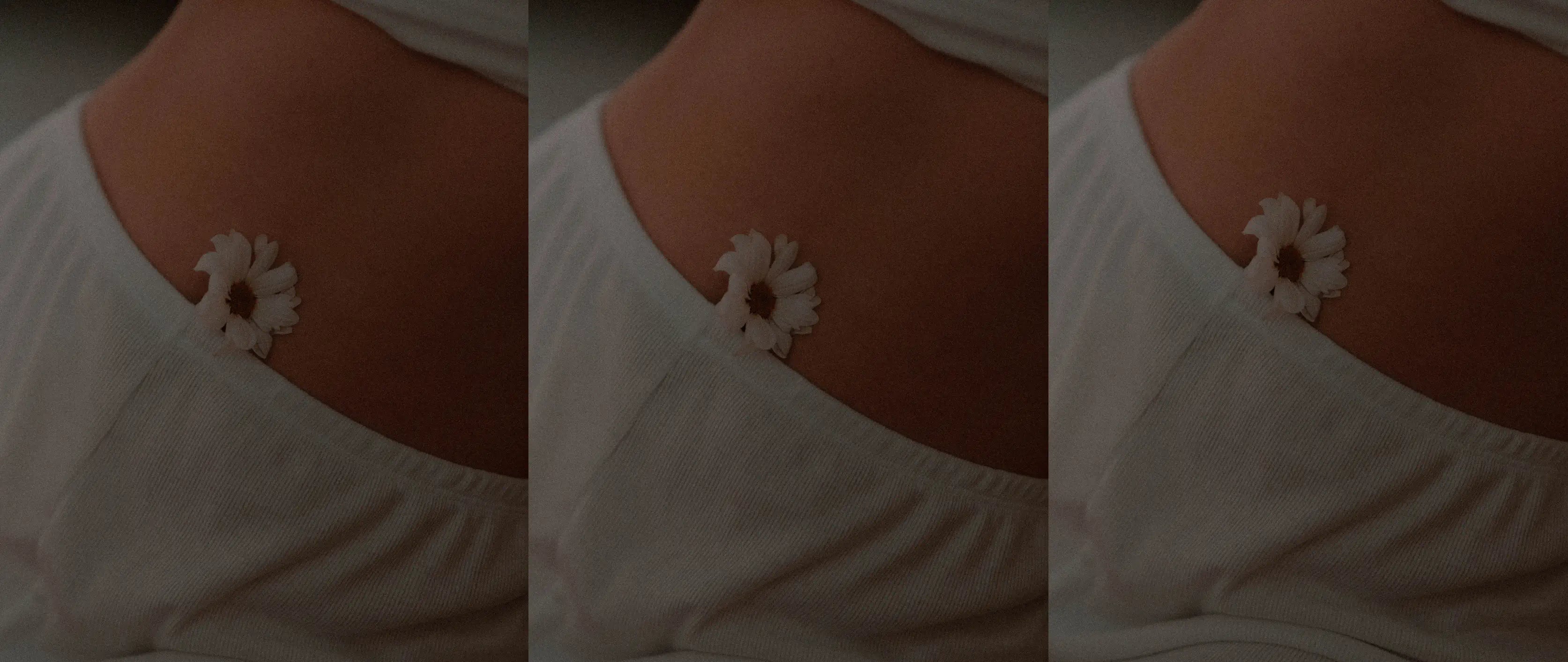If you are planning a pregnancy, or if you want to understand your menstrual cycle better, you will benefit from determining when you ovulate and your fertile window.
What is ovulation?
Ovulation is when hormonal changes lead to a mature egg being released from a follicle inside your ovary. Once released, it travels down your fallopian tube where a sperm cell may or may not fertilise it. Sperm can survive for up to 5-7 days in the female body and so a fertile window (when you are most likely to get pregnant) begins 5 days before ovulation and includes the day of ovulation itself.
When does ovulation occur in a cycle?
Cycle length will vary from woman to woman but normal cycle lengths range from 21-35 days. It’s difficult to pinpoint exactly when you are ovulating – it normally happens 10-16 days before your next period. For a woman with a 28-day cycle, this will be about day 14. But if your cycles are longer or shorter, it could be day 20 or day 10 respectively. Try using a period tracking app to get a better understanding of your menstrual cycle and when ovulation is most likely to occur.
Are there any signs that my body is ovulating?
There are a few body changes that might indicate you are ovulating but aren’t always reliable:
- Changes in your cervical mucus – you may notice a waterier, slippery vaginal discharge around the time of ovulation. This is often likened to the consistency of egg white.
- Basal body temperature – there is a small rise in body temperature after ovulation occurs. This is normally sustained for up to 3 days’ post-ovulation. Tracking your basal body temperature with a thermometer can sometimes help you predict ovulation. It’s important to mention that other factors can also alter your basal temperature which can make readings less accurate, e.g. fever, stress and travel.
- Pelvic cramping – Mittelschmerz. Some women experience pelvic cramping or pain on the side of the pelvis that the egg is being released from.
- Changes in how you feel – some women may notice an increase in their sex drive around the time of ovulation, due to higher levels of oestrogen. You may also notice some breast tenderness.
Home Ovulation testing
One way to help predict if ovulation is occurring is through ovulation testing strips. These tests react to the luteinizing hormone in urine, which rises before ovulation and tells the ovary to release an egg. When your levels reach a certain threshold, ovulation normally occurs 12-36 hours after. These can work well for women with regular, predictable cycles but can be difficult to interpret in women with irregular cycles or conditions such as Polycystic Ovarian Syndrome.
When to test and how long will depend on the cycle length. It can be a good idea to do some cycle tracking before to get a rough idea of when you might be ovulating, and test for 3 days before. For irregular cycles, it might be that you need to test for longer to capture your LH surge. For example, if you have a 30-day cycle, ovulation might be expected on day 16 and testing should occur from day 12-13.
How doctors measure ovulation
If you have concerns you might not be ovulating, then speak to your doctor. They can do other tests such as blood tests and ultrasound monitoring scans (normally in the context of a fertility clinic) to look for signs you are ovulating.
Disclaimer: This article is for information only and should not be used for the diagnosis or treatment of medical conditions. For The Creators has used all reasonable care in compiling the information but make no warranty as to its accuracy. Consult a doctor or other health care professional for diagnosis and treatment of medical conditions.
